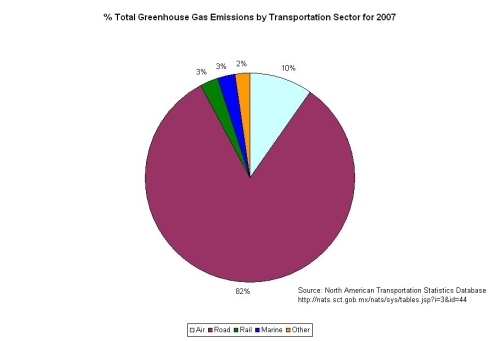Obama has recently sparked debate about a proposal to spark job creation. He wants the proposal to include incentives for small businesses to hire more workers, spend more money for infrastructure projects and offer rebates for homeowners who update their homes with energy efficient durable goods and weatherization renovations — that has come to be known as “cash for caulkers.” The debate around the blog world has included some interesting ideas, including the “cash for caulkers” idea itself and a cut in the minimum wage, which has spurred tremendous uproar in the blogging community for and against it.
One proposal that has caught my eye is the Investment Tax Credit. (ITC) Mankiw has made several good points about the ITC that is well worth looking at. First, a temporary ITC could help act as a similar mechanism to create negative real interest rates, much like what inflation could do, even though quantitative easing is now out of the question given Bernanke’s recent remarks. Second, like cash-for-clunkers, it would help stimulate AD in the short-run and move AS rightward in the long-run, but broadly so as to not favor a specific industry. And lastly, tax credits usually are a good idea if you want more of something. Considering how low investment growth is, it would only make sense to target tax credits on something like investment. If businesses focus on investing, it will help stimulate demand for capital goods, increasing the need for more labor to supply it.
If opponents want to say that this may just stimulate demand for investment in foreign capital goods, I would say that most investment worthy capital goods would be created here in the U.S. Less value added products that usually come from abroad, if do happen to be purchased, still doesn’t mean that the products wouldn’t go toward future productivity and lower unit costs. For what its worth, the economics out rightly support the ITC.
To drive the point further, Obama should really listen to what small businesses actually want. Yes, America wants jobs, but small businesses are not going to hire unless they get what they want first. While the blogosphere argues over lowering labor costs with the minimum wage, small businesses are asking for something different. From Peter Crabb:
The latest reading of the National Federation of Independent Business (NFIB) Index of Small Business Optimism was down, but business owners don’t see a lack of bank loans as a problem.Twenty-nine percent of all respondents to the NFIB survey reported they have met their borrowing needs. Nine percent reported problems obtaining financing, which is one point lower than the previous period.
Why are small businesses not desperately seeking more financing? Because they have little reason to invest in their companies. In the survey, only 16 percent said they are making capital-expenditure plans for the next few months. Only 8 percent said the current period is a good time to expand facilities, and only 3 percent think the economy will improve.
Small businesses are not concerned about getting loans for making investment into their companies. In fact, among their chief concerns are:
[From the NFIB report] …we find that when asked to identify the most important problem small-business owners face at this time, poor sales are cited most frequently, high taxes second and government requirements third.
It seems that their chief concern is with demand. Small-businesses don’t necessarily care about making investments right now as they need revenues to catch up first. However, whether or not small business are enticed by an ITC, larger businesses would be. I am sure many companies would be willing to take advantage of it. And the downside? No one takes advantage of it and the treasury account stays the same.
Some more cases for the ITC can be found here and here.





